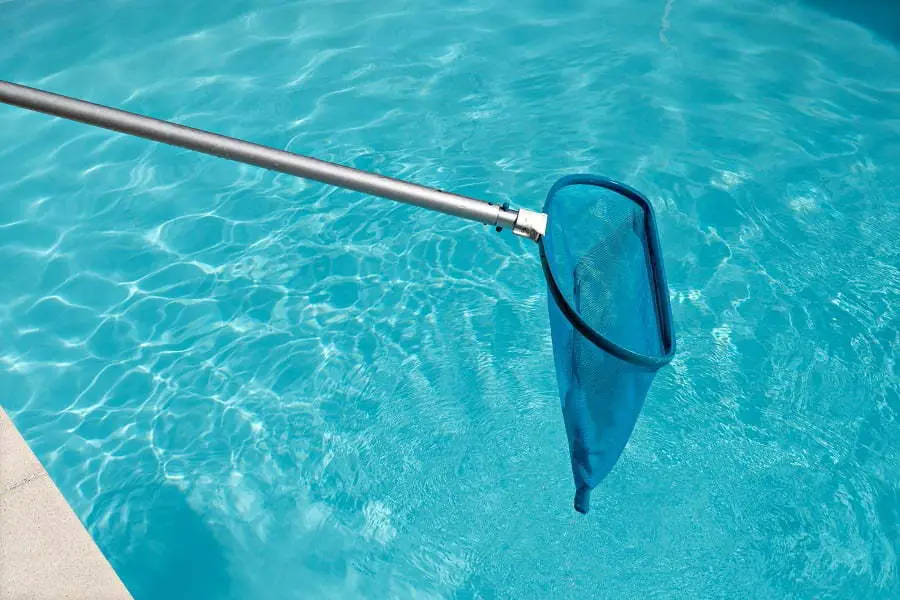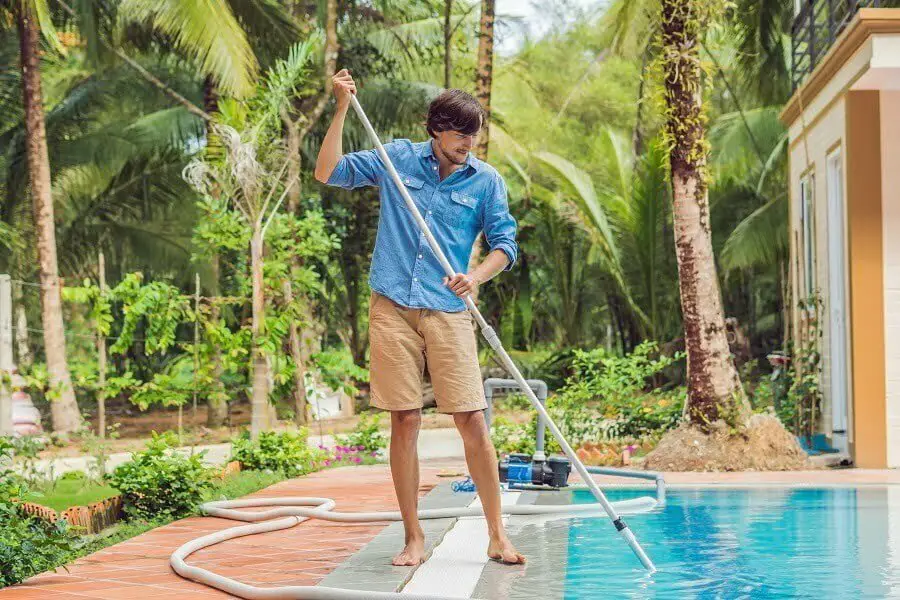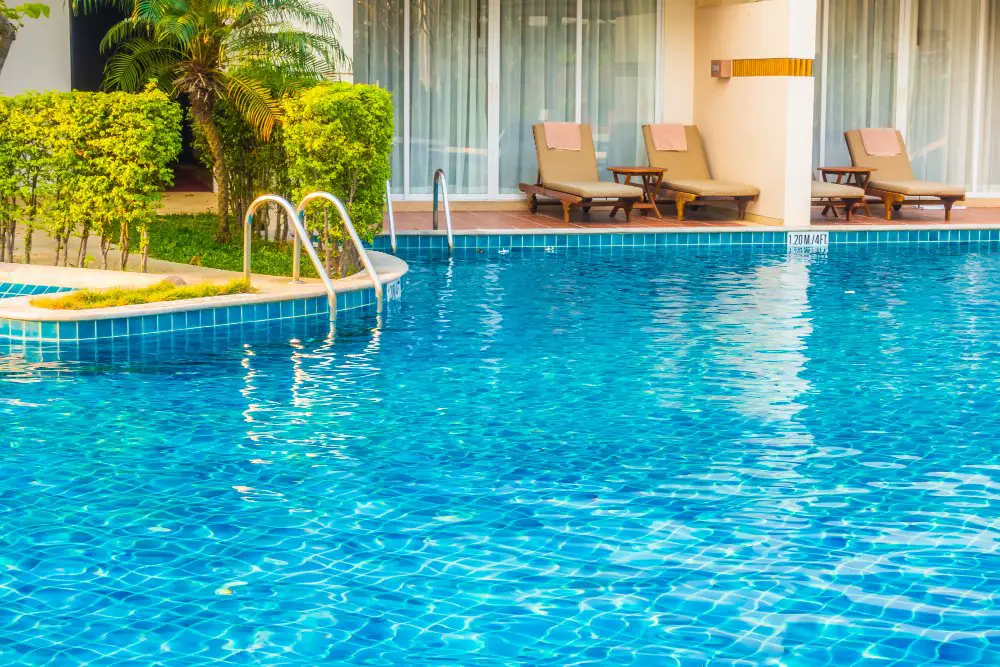Last updated on
Owning a pool is a luxury many homeowners dream of, providing endless hours of fun and relaxation for families and friends. However, with this luxury comes responsibility. According to the World Health Organization (WHO), drowning is one of the leading causes of unintentional injury-related deaths worldwide, and home pools are a significant contributor to this statistic.
Ensuring the safety of everyone who uses your pool should be a top priority. This comprehensive guide aims to equip you with the knowledge and tools necessary to master home pool safety, from understanding potential hazards to implementing preventive measures.
Understanding Pool Hazards
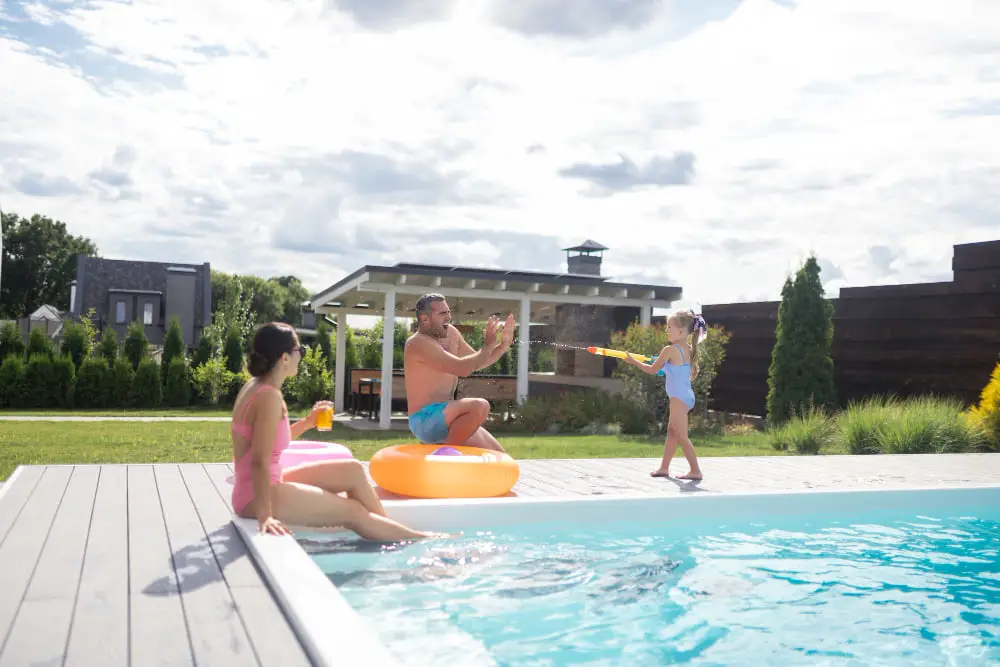
Before diving into safety measures, it’s crucial to recognize the potential hazards associated with home pools. Drowning is the most obvious risk, especially for young children and inexperienced swimmers. Lack of supervision, improper barriers, and inadequate safety equipment can all increase the likelihood of accidents.
Additionally, slippery surfaces around the pool area can lead to slips and falls, while electrical hazards from poorly maintained equipment pose another danger. Understanding these risks is the first step toward creating a safer pool environment for everyone.
Implementing Physical Barriers
One of the most effective ways to prevent pool accidents is by installing physical barriers. Placing durable pool fences around the pool area is essential, with a minimum height of four feet recommended to deter young children from accessing the pool unsupervised. Gates should be self-closing and self-latching, with latches placed out of reach of small children.
Additionally, consider installing pool covers that are sturdy enough to support the weight of an adult and can be securely fastened when the pool is not in use. These barriers act as a first line of defense against unauthorized access to the pool and significantly reduce the risk of drowning incidents.
Enforcing Supervision Protocols
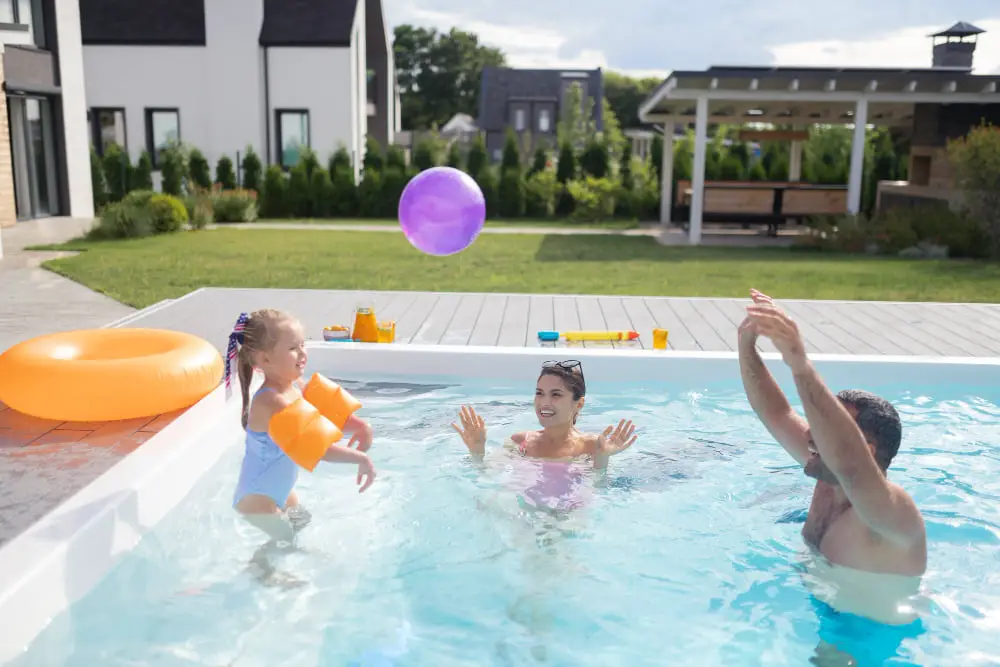
While physical barriers are essential, they should not replace active supervision. Designate a responsible adult as the designated “water watcher” whenever the pool is in use, ensuring that someone is actively monitoring swimmers at all times.
Avoid distractions such as cell phones or socializing, as even a momentary lapse in attention can have tragic consequences. For larger gatherings or parties, consider hiring a certified lifeguard to oversee pool activities and provide additional peace of mind. Remember, supervision is key to preventing accidents and responding quickly in the event of an emergency.
Educating Pool Users
Education is another critical aspect of pool safety, especially for young children. Teach them basic water safety rules, such as never swimming alone and always asking for permission before entering the pool. Encourage them to participate in swimming lessons to improve their skills and confidence in the water.
Additionally, educate pool users about the dangers of running on slippery surfaces and the importance of using safety equipment such as life jackets when appropriate. By instilling a culture of safety awareness, you empower everyone who uses your pool to make smart choices and prevent accidents.
Maintaining Proper Equipment
Regular maintenance of pool equipment is essential for ensuring safe and enjoyable swimming experiences. Inspect and clean pool filters, pumps, and drains regularly to prevent blockages and malfunctions that could pose a safety risk. Check pool chemistry levels frequently and adjust as needed to maintain proper water balance and sanitation.
Ensure that all safety equipment, such as life rings and reaching poles, is readily accessible and in good working condition. By staying proactive with equipment maintenance, you can mitigate potential hazards and enjoy peace of mind knowing that your pool is safe for use.
Emergency Preparedness
Despite our best efforts to prevent accidents, emergencies can still occur. That’s why it’s crucial to have a well-defined emergency plan in place. Ensure that all pool users know how to respond in the event of an emergency, including how to perform CPR and who to contact for help.
Keep a first aid kit and a phone with emergency numbers nearby at all times. Consider installing a poolside phone or intercom system to facilitate quick communication in case of emergencies. By being prepared for the unexpected, you can minimize the impact of accidents and potentially save lives.
Mastering home pool safety requires a combination of awareness, preparation, and proactive measures. By understanding potential hazards, implementing physical barriers, enforcing supervision protocols, educating pool users, maintaining proper equipment, and being prepared for emergencies, you can create a safer pool environment for everyone to enjoy.
Remember, the key to preventing accidents is vigilance and proactive action. With these guidelines in mind, you can confidently enjoy all the benefits of owning a pool while prioritizing the safety of your loved ones.
Continue reading:
Recap
